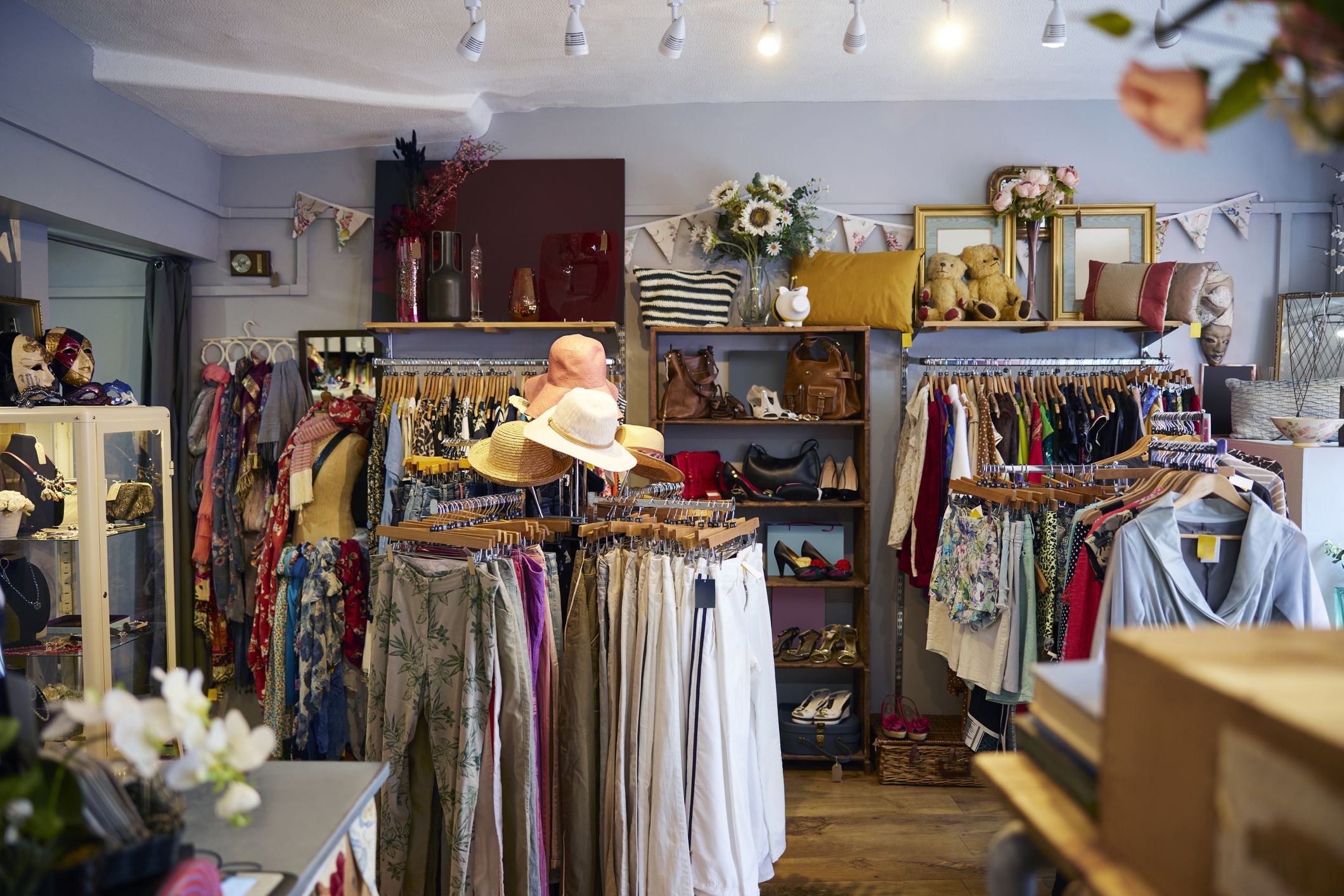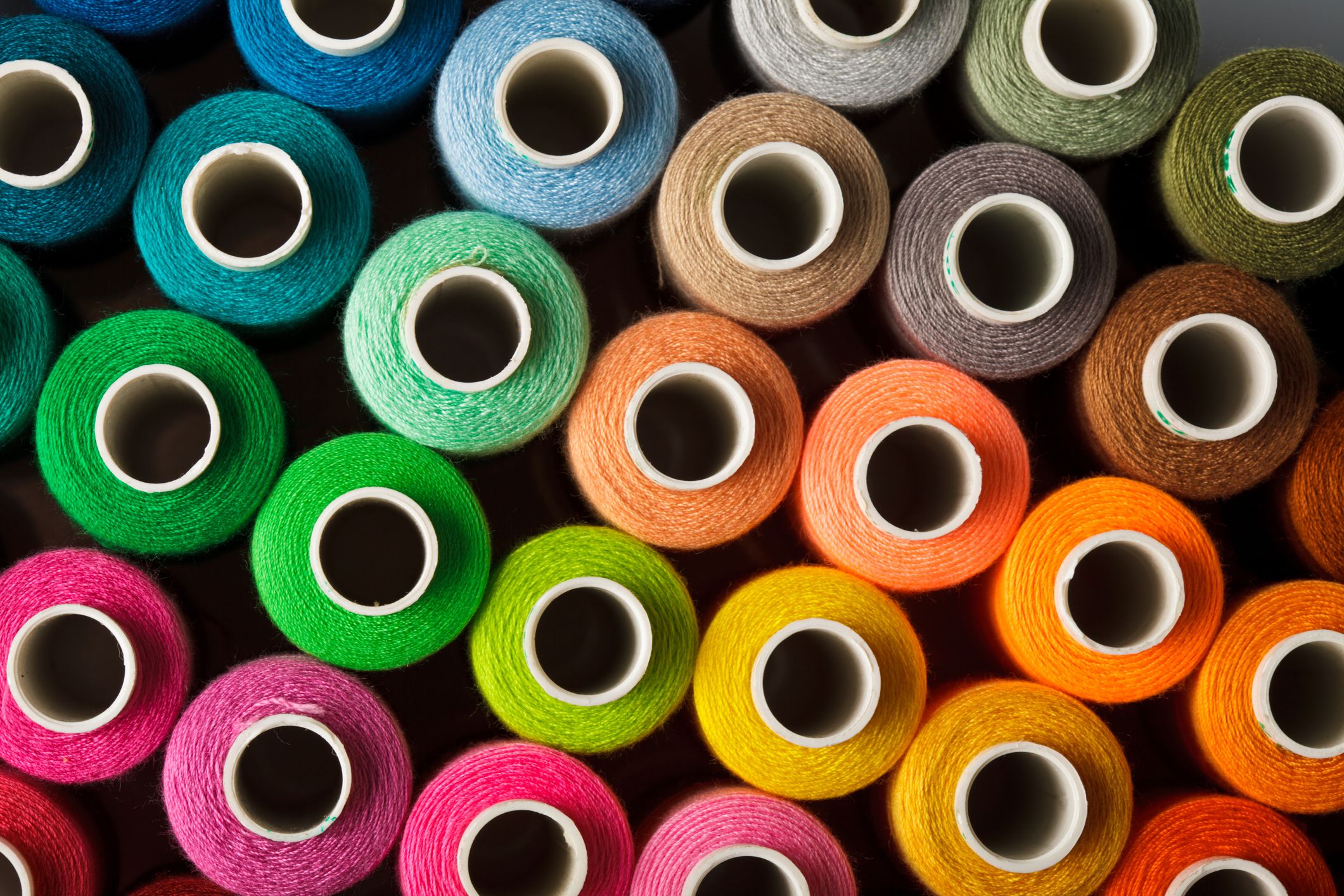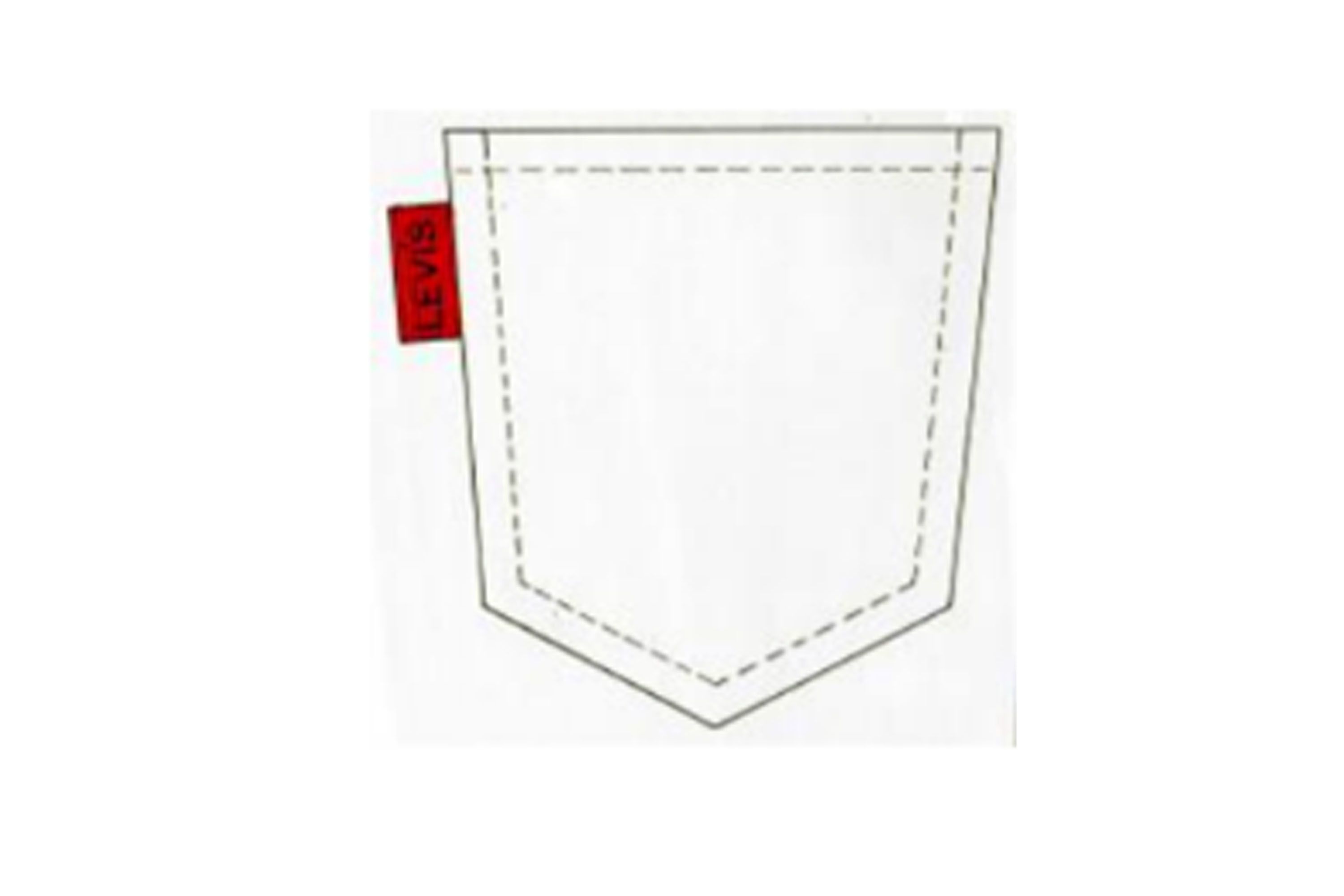The Power of trade marks in the fashion industry
The fashion industry is rich in IP, thanks to the breadth of the industry.

The clothing industry ranges from fashion students to established fashion designers, start-up fashion retail brands to multinational retailers, from high-street to luxury brands, and fashion creatives to influencers.
Under the creative umbrella of IP sit different rights, with trade marks being one of the most powerful – but why?

Trade marks are the only registered IP asset that last indefinitely in the UK, assuming:
(i) timely renewal of the registration (every ten years in the UK);
(ii) the trade mark is being put to genuine use in relation to the goods and services it covers (challengeable by a third party five years post-registration in the UK).
Obtaining a registered trade mark therefore gives the owner a monopoly and everlasting right and for this reason alone, they are very powerful IP assets.

The name or logo associated with the business often becomes the brand’s identity and as such, it is vital that it is protected so that third party use, or registration can be prevented.
Names and logos are the most commonly protected types of trade marks and are generally the easiest type of mark to protect, providing:
The mark is distinctive – it is unique and not generic, and people are able to recognise it as having a unique commercial origin (i.e. being linked to a specific company or individual);
The mark is not descriptive – it cannot describe the goods and/or services on offer. For example, naming your brand “Jeans” for retail of jeans;
The mark is not generic – the mark isn't used in common language to describe the product e.g. Hoover for vacuum cleaner.
The mark is not offensive – swear words or rude terms; and
The mark is not deceptive – it misleads or deceives the consumer as to the nature, quality or origin of the goods and services.

What can be registered?
Trade marks are not limited to names and logos. Product shape (3D marks), packaging, patterns, colours, sounds, even smells can be protected as a trade mark – but it isn’t always easy to do so!
However, think about the impact of trade marks on a fashion brand’s identity and you realise that often it is the hard to define and hard to protect elements of a brand which hold the most power – and this is particularly true for fashion brands.
It is the red sole of a shoe, the tartan pattern on a scarf, the snaffle on a leather loafer, the red tab on the jean pocket – these aesthetic details that are essential in defining ‘the brand’ and that give the product its brand identity, but are often extremely difficult to protect as trade marks because they are often viewed as ‘decorative’ or not capable of indicating brand origin due to their simplicity.
Essentially, they are often treated as being inherently non-distinctive and, in order to obtain a registration, a brand owner will need to be able to show acquired distinctiveness.
There is a high bar for acquired distinctiveness, requiring a high volume of evidence proving that the UK consumer doesn’t just recognise or associate the mark or feature with the brand, but relies on it to designate that brand.
This does not prevent brands from rightly wanting to protect these features in advance so that they can prevent competitors or counterfeiters from exploiting and commercially benefiting from them.
It is critical for brand owners to do so if they are to maintain the association in the consumer’s mind, for example that a red lacquered sole means Christian Louboutin.
The challenge for brand owners is to think about how to protect these elements so that they obtain the best scope of protection for the purposes of enforcement but have the best chance of obtaining (and retaining) a registration.
The harder a trade mark is to register, the more likely a competitor will seek to challenge its validity for its own gain.
Therefore, it is important that brands think about how they use these brand assets in a way that continues to signify they are ‘brands’ (and therefore, indicate commercial origin to the consumer):

- Educate the consumer at the earliest opportunity through clever marketing;
- Address third party/competitor or other infringing use such as counterfeits) as quickly as possible to assert rights and prevent dilution or genericism from creeping in;
- Do not refer to the specific brand asset in a descriptive way in marketing materials or branding;
- Ensure you keep strict brand guidelines that are followed by the business or any third party partners; and
- Protect as registered designs where possible.
Christian Louboutin v Van Haren Schoenen BV

Louboutin obtained a Benelux trade mark registration for the above mark which incorporated the exclusion “The trade mark consists of the colour red (Pantone 18 1663TP) applied to the sole of a shoe as shown (the contour of the shoe is not part of the trade mark but is intended to show the positioning of the mark”. Van Herron, a Dutch shoe company, applied to invalidate the registration. This is a legally complicated case but essentially, the CJEU concluded that the exclusion clearly states that the ‘shape’ of the shoe is excluded from the scope of protection and consequently, protection was being sought for the colour as applied to the shoe in the mark depiction.
Colloseum Holding AG v Levi Strauss & Co.

Levi obtained a registration for its ‘red tab’ as a position mark depicted as above on the back pocket of a jean trouser.
The registration was initially refused but Levi filed evidence of acquired distinctiveness and succeeded in registering the mark.
Colloseum applied to revoke the registration on the grounds of non-use because they argued that Levi was not using the mark as registered, because their use was always in conjunction with the LEVI’S trade mark.
The CJEU concluded that the evidence of use provided by Levi showing the red tab used with the LEVI’S mark was capable of supporting genuine use of the registered mark (without the word LEVI’S on the label).
Device of a chequerboard pattern

Even though Louis Vuitton have been using this mark for over 100 years, they failed to show acquired distinctiveness in the EU. Why?
Because they could only show that the relevant public in some EU designations would recognise the mark as linking to Louis Vuitton, and not all.
This case shows the difficulty for brand owners in proving acquired distinctiveness for EU trade marks because of the requirement to prove that the mark has acquired distinctiveness throughout the European Union.
Iconix Luxembourg Holdings SARL v Dream Pairs Europe Inc & Anor

Umbro brought proceedings against Dream Pairs arguing that the logo on the right infringed the Umbro logo on the left on the basis that it is both confusingly similar to Umbro’s logo and seeks to take unfair advantage of Umbro’s reputation.
The claim was dismissed in its entirety – the Dream Pairs logo does not infringe Umbro’s logo.
A key focus of the Court’s judgment was the role of context in point-of-sale confusion and evidence.
The case is unusual because it is one of only a few cases that focuses on confusion between geometric logos without additional verbal elements.
The fact that the Dream Pairs shoes were largely sold via Amazon and the listings included clear references that the shoes originated from DREAM PAIRS reduced the likelihood of consumer confusion.
What can we learn?
Don’t underestimate the power of trade marks, especially for those visual aspects of your brand or products which might not fall into the traditional bracket for trade mark protection. However, if successfully registered, these can be extremely beneficial in helping to maintain exclusivity around these visual aspects against competitors.
Given these are not always straightforward features to protect, it is important to obtain proper legal advice about options for filing to ensure the resulting registration has the best scope of protection.
Even though trade marks are often thought to be the primary IP asset, it is also important to explore the roles and possibilities of other IP assets, in particular Registered Designs and Copyright, which can be extremely valuable and useful forms of protection in creative industries, such as fashion.

Learn more about protecting your IP:

Authored by Harriet Berridge, a Chartered Trade Mark Attorney and fashion practice lead at Stobbs IP
harriet.berridge@iamstobbs.com
